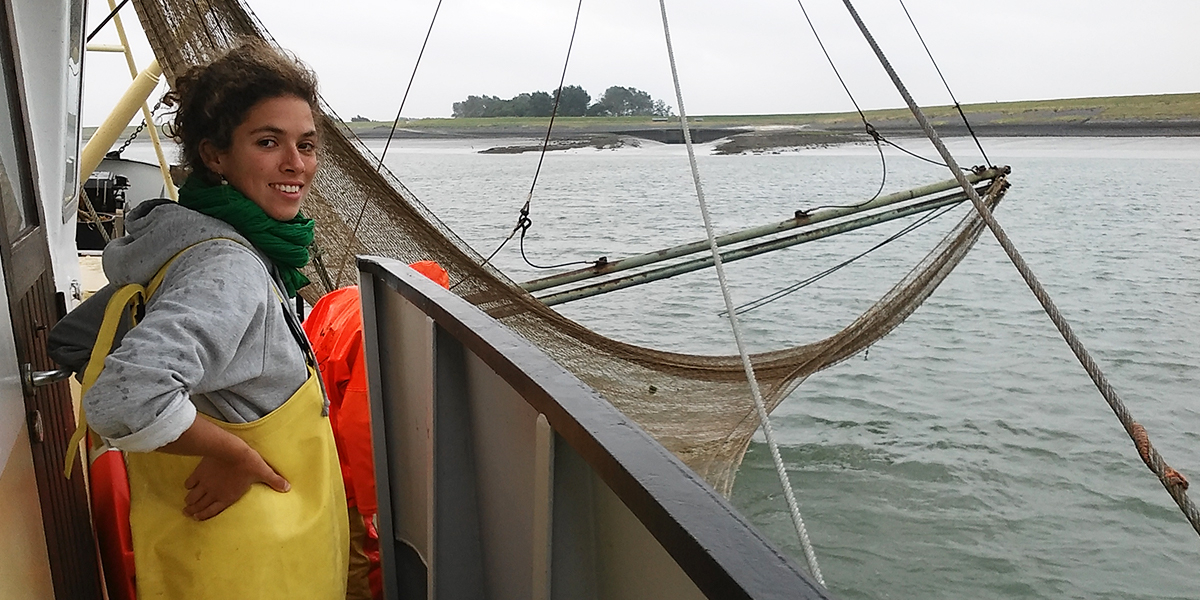Inactive user
The page you are trying to access has been deactivated because van de Ven is not working for NIOZ anymore.
Go to Staff.
Understanding plant growth strategies to protect our coasts
Plants on intertidal salt marsh dampen the impact of waves on land and can even contribute to creation of new land by trapping sediment in their canopy. Just like mangroves, seagrasses and dune grasses, grasses on the marsh are the foundation of vegetated coastal ecosystems. It is important for us to understand how they manage to survive and how we can best facilitate this ecosystem to improve the flexibility of our coasts. That is why I am studying whether growth strategies of these grasses are flexible and adaptive across different environments.

Salt marshes are worldwide intertidal ecosystems with multiple functions. In many areas, marshes form the main buffer zone between water and land that can improve or replace the protection by dikes to flooding. However, the intertidal is a harsh and ever-changing environment. The plants are always flooded and then exposed to air again through the rhythm of the tides. In addition, during storms the biggest wave impact lands on top of your canopy before hitting the land or dike behind the marsh.
Growing in such dynamic conditions, clonal grasses have developed specialized engineering strategies that increase their survival. Clonal grasses that grow on the salt marshes, change the environment to their benefit: they stabilize and aerate the sediment with their roots and they attenuate water flow and trap sediment with their shoots. In addition, putting shoots closely together in patches offers protection against breaking or being pulled out.
Build better together
Because engineering of the environment increases at larger size or density, ‘collaboration’ improves the survival of these plants. Cordgrass patches form the building blocks of a salt marsh.
However, while strong engineering can improve conditions inside the patch, at locations with strong current and waves it can also trigger erosion at the sides of the patch, which may limit the plant to expand sideways. Therefore, under some conditions, engineering may be disadvantageous and costly. We would like to know if collaborating is always beneficial or if it is context-dependent.
I came from the limnology and oceanography master at the University of Amsterdam and started with my Phd at NIOZ in March 2019. During the first year I spent most time in the field alongside Carlijn Lammers and Valérie Reijers studying coastal vegetation patterns in the pioneer zone including the dune grasses Ammophila arenaria and Elytrigia juncea and multiple grasses in the salt marsh. In addition, we started experiments on Texel to investigate the formation of pioneer coastal landscapes. In the second year I will continue to work on the feedback between coastal clonal plants and their physical environment and study characteristics and behavior that are important for resilience of these coastal ecosystems. Our team often has project opportunities for interns with a background in marine ecology or coastal systems.
Functions
Key-Publications
Please find my list of publications at the bottom of this webpage or on:
Google Scholar
Researcher ID
Professional education
Awards and Prizes
Other
My colleague Carlijn Lammers and I were interviewed by Studio Buiten Werking for the online Oerol Festival 2020.